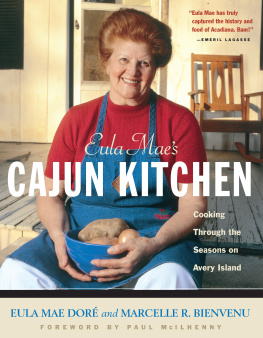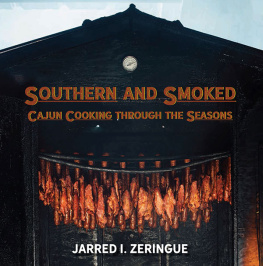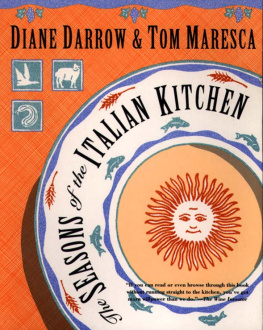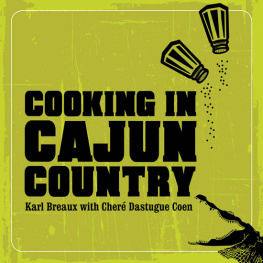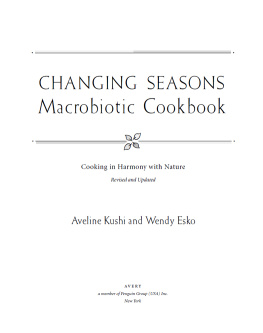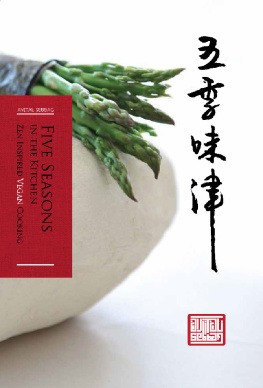The Harvard Common Press 535 Albany Street Boston, Massachusetts 02118
www.harvardcommonpress.com
Copyright 2002 by McIlhenny Company
Photographs copyright 2002 by Brian Smale
All rights reserved. No part of this publication may be reproduced or transmitted in any form or by any means, electronic or mechanical, including photocopying, recording, or any information storage or retrieval system, without permission in writing from the publisher.
The Library of Congress has cataloged the print edition as follows:
Dor, Eula Mae.
Eula Maes Cajun kitchen : cooking through the seasons on Avery Island / Eula Mae Dor and Marcelle Bienvenu ; foreword by Paul McIlhenny.
p. cm.
ISBN 1-55832-240-X (hc : alk. paper)
1. Cookery, AmericanLouisiana style. 2. Cookery, Cajun. 3. CookeryLouisianaAvery Island. I. Title.
TX715.2.L68 D67 2002
641.59763DC21
2002017270
ISBN: 978-1-55832-240-0 (hc) 10 9 8 7 6 5 4 3 2
ISBN: 978-1-55832-372-8 (pb) 10 9 8 7 6 5 4 3 2 1
Special bulk-order discounts are available on this and other Harvard Common Press books. Companies and organizations may purchase books for premiums or resale, or may arrange a custom edition, by contacting the Marketing Director at the address above.
All photographs by Brian Smale with the exception of those on pages , which are used with permission of the McIlhenny Company Archives
eISBN 978-1-55832-522-7
v1.0815
To my daughter, Susan, who persuaded me to do this book by telling me that I must leave my collection of recipes for her, her husband, Todd, and her sons, Kip and Tyler, and for all who follow them
E ULA M AE D OR
Foreword
About twenty miles south of Lafayette, Louisiana, in the heart of what is known as Acadiana (also called Cajun Country), rising between Bayou Petite Anse and the Gulf of Mexico, lies Avery Island, home to nine generations of my family, the Mcllhenny/Avery clan, and McIlhenny Company, maker of Tabasco brand pepper sauce.
Lush with acres of blazing pepper fields interspersed with majestic stands of live oak and dense, jungle-like bamboo groves, alive with legions of springtime snowy white egrets, numerous alligators, and many other exotic and familiar species, rich in American history and a site of strategic importance during the Civil War, Avery Island is a singular and unforgettable place.
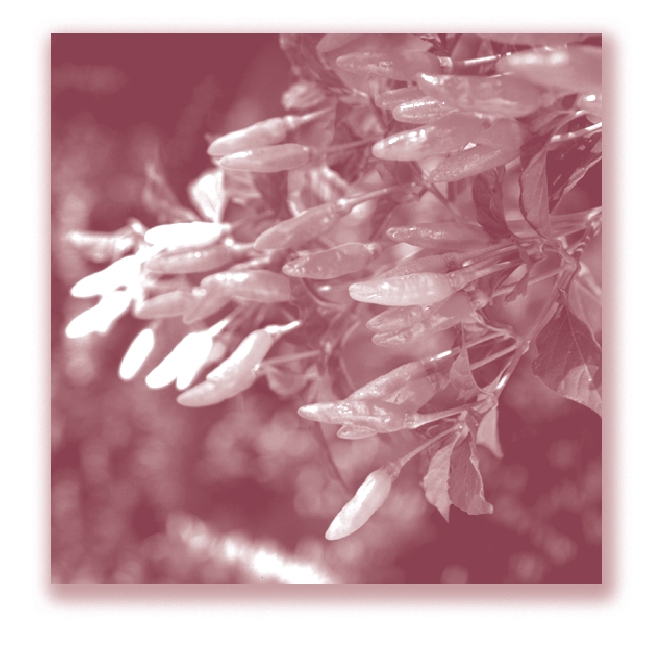
In the more than 184 years that my family has lived here, untold numbers of people have visited the Island and taken away memories of its distinctive beauty. But very few indeed have stayed long enough to become an irreplaceable part of our custom and culture and to earn the moniker of a treasure of Avery Island. And of these few, none has made a more lasting impression on the hearts and waistlines of so many of us than Eula Mae Dor.
Eula Mae has lived and cooked on Avery Island all of her adult life. My cousins and I were raised on her classic Cajun fare. She lovingly prepared lunchtouffes, gumbos, and jambalayasfor each and every McIlhenny Company employee for the decades she and her husband presided over the Commissary, now known as the Tabasco Deli. Over the years, her breakfastsbiscuits, grits, boudin, pain perdu, and andouillehave become legendary among the many food writers, chefs, and restaurateurs who have been drawn to the birthplace of Tabasco sauce. To her surprise, but not mine, she has been asked many times to share her Cajun techniques with some of the worlds most renowned chefs, including Jacques Ppin, Marion Cunningham, and the late Pierre Franey.
In reading this book, it is important to understand that Eula Mae is a classic Cajun (slang for Acadian) cook, not a professionally trained chef. She has never used written recipes, nor has she ever had any formal culinary training, although one would never guess it from the plates she puts in front of you. She cooks only from memory, using recipes developed over a lifetime of experience in her kitchen.
Eula Mae often refers to Avery Island as her Garden of Eden. Its wild blackberries are used in her Blackberry Dumplings, and she grinds its sassafras leaves into fil to thicken her gumbos. And while these specific ingredients may not be growing outside your kitchen window, cookbook author Marcelle Bienvenu has spent many hours cooking with Eula Mae, observing her techniques and transcribing her recipes, and she has compiled them in this book so you can now prepare and enjoy the inimitable Cajun dishes that Eula Mae has spent a lifetime perfecting.
P AUL M CILHENNY
President and CEO, McIlhenny Company
Avery Island, Louisiana
Acknowledgments
Before all others, I must thank Paul Mr. Paul McIlhenny, who came up with the idea of putting this book together. I also wish to thank June Gachassin, my daughters mother-in-law, who took care of Tyler from time to time in order to allow me to work on the book. And a special thanks to Lisa Grant and Mary Beth Farris, who arranged all my test kitchen sessions. Thanks also to Dave Landry and Mable Touchet and all my co-workers throughout the years at Avery Island. They stood by me through all things. And of course, a big thanks to Pam Hoenig and all the staff at the Harvard Common Press who believed in my book. And finally, to my friend Marcelle Bienvenu, who for three years followed me around the kitchen, taking notes, asking questions, listening to my stories, and finally got the book off the ground, I say bien merci.
Introduction
I first encountered Eula Mae Dor (pronounced doh-ray) at the Commissary on Avery Island, her domain for years, when I went there about thirty years ago with a friend to have a sandwich. And what a sandwich it was! Crusty French bread from LeJeunes Bakery in Jeanerette was piled high with thinly sliced ham and dressed with fresh cold, shredded lettuce, thinly sliced tomatoes, and sliced dill pickles!
Eula Mae was bustling in and out of the small kitchen in the back of the building, saying hello to customers, and somehow managing to take care of business. The Island residents counted on the Commissary for everything from kerosene and detergent to canned goods, milk, bread, produce, mops, candy, meats, and soft drinks.
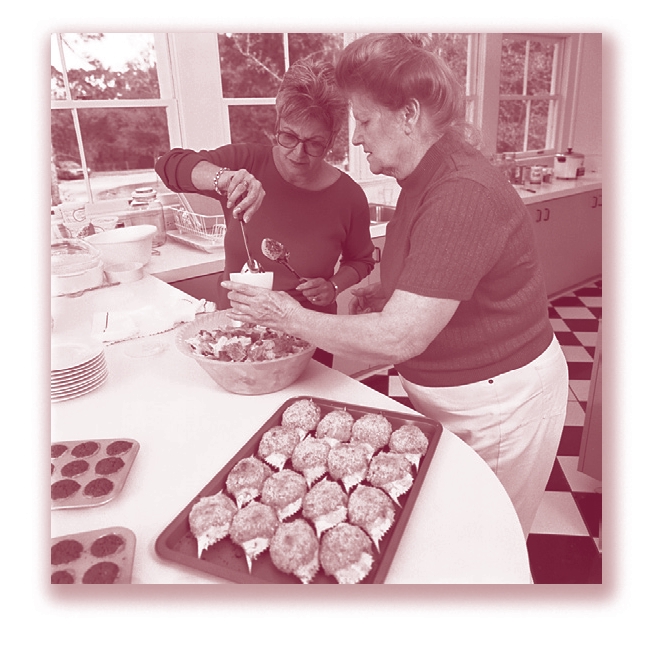
The walls of the Commissary were lined to the ceiling with shelves and Eula Mae could deftly pull down something from the very top shelf with the use of a pole to which was attached a nail or hook. With this very primitive tool, I saw her give a good nudge to a can that would come tumbling down and be caught neatly in her hand. Nothing could intimidate the affable lady who helped to run the store.
Through the years I came across her at various parties held at Marsh House or at private homes on the Island. Again, she was always busy, cooking in the kitchen, arranging trays, passing hors doeuvres, greeting guests, and generally running the show from the wings.
When I had a restaurant in the 1980s in Broussard, a few miles from Avery Island, she and I were interviewed by and cooked for Southern Living magazine, and I was impressed with her knowledge and graciousness. Later, I would see her photograph and recipes in Gourmet magazine and other publications.
Then, about three years ago, I received a call from Paul McIlhenny, president and CEO of McIlhenny Company, maker of Tabasco sauce since 1868. Paul and I have been friends for years, sharing a great love for good food and good times. He wanted me to come and meet with him and Eula Mae and discuss the possibility of doing a cookbook featuring her recipes. I was delighted.
Next page
